| Schoolchildren at the Nagarkovil Maha Vidyalayam clasp their hands in prayer, in remembrance of the children that were killed on the same spot 21 years ago. |
The 21st anniversary of the Nagarkovil massacre was marked in Jaffna on Thursday evening.
The parents of schoolchildren killed in the Sri Lankan bombing raid laid flowers on a monument at the site of the attack, as they remembered the lives lost in the massacre.
On September 22, 1995, SLAF aircraft bombed the Nagarkovil Maha Vidyalayam school yard crammed with 750 children on their lunch break, killing 26 – of whom 12 were six or seven year olds – and injuring 150 others, 40 seriously.
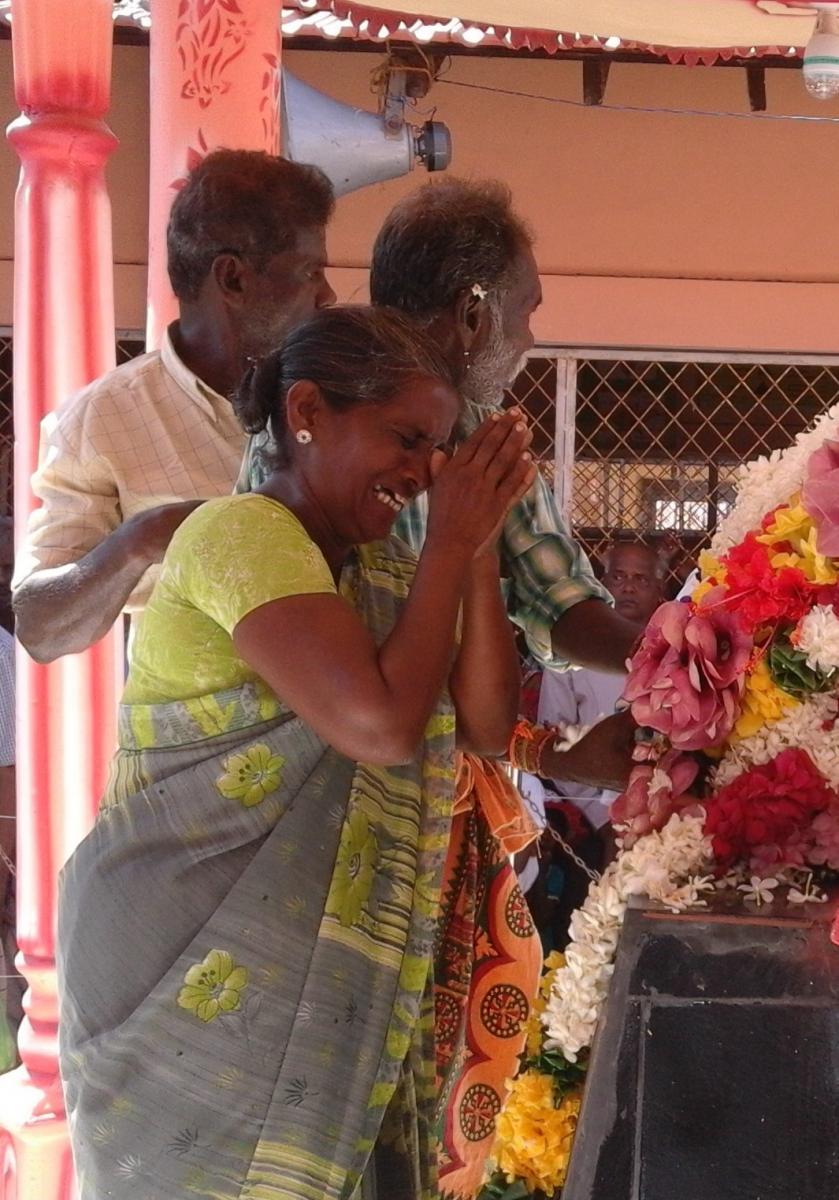 |
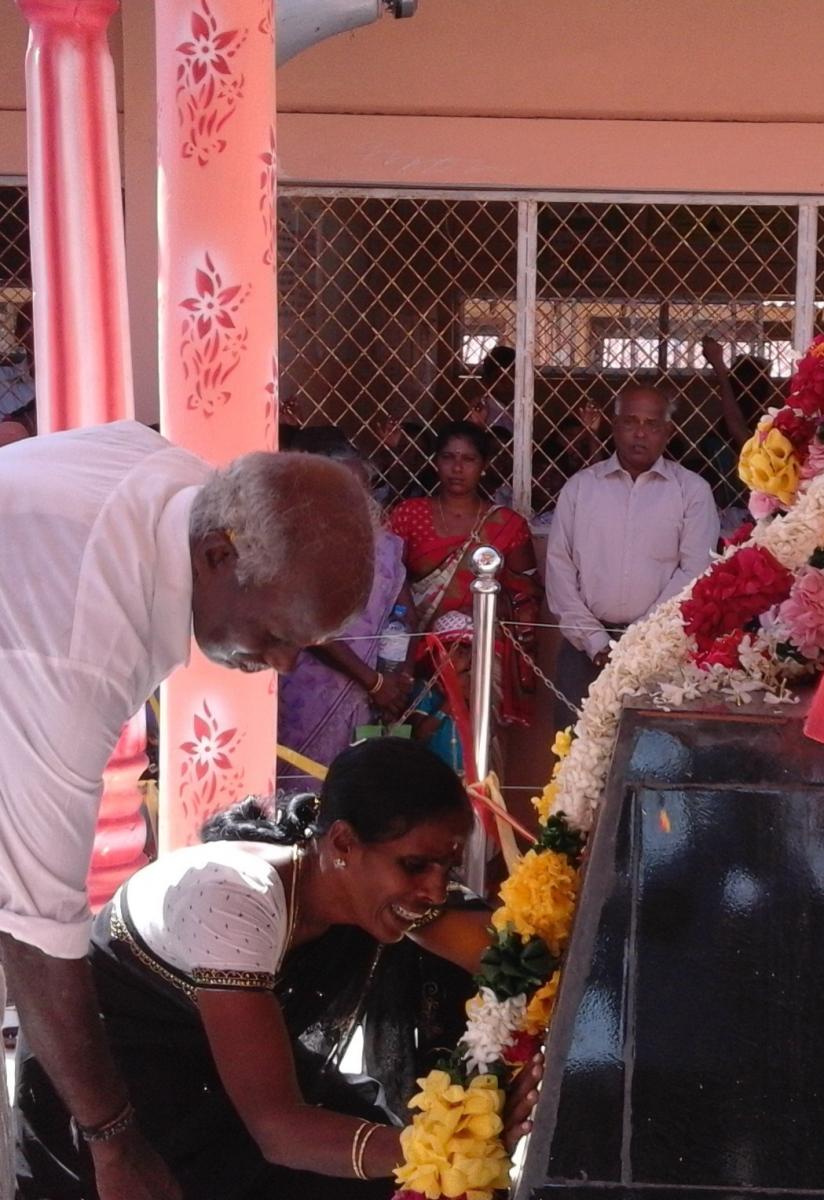 |
The bombing, which happened during the presidency of Chandrika Kumaratunga, was widely condemned. Ms Kumaratunga now heads Sri Lanka’s Office for National Unity and Reconciliation.
AP’s report at the time said:
“The bombing of the school happened at 12.50 p.m. during the school's lunch break when several of the school children were gathered under a shade tree in the school compound. 25 school going children were among 40 Tamil civilians killed on the spot. Twelve were six and seven year olds. Nearly 200 others were injured, most of them students in the same school. Elsewhere in the area, 15 other civilians were also killed in the course of the same bombing raids. The scene of the attack was visited by the International Red Cross. Pieces of human flesh were strewn around the area including the tree branches, making identification impossible.”
“The total death toll later increased to 71.”
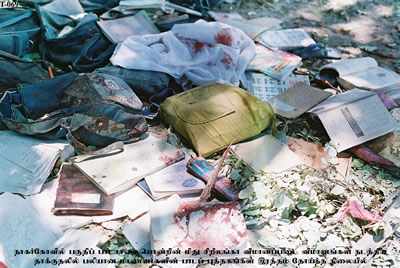 |
Two surgeons from Medecins Sans Frontierers (MSF) worked through the night at Point Pedro’s Manthikai hospital carrying out 22 amputations - in four cases removing both legs. Ten of the amputees were under 12.
“The scene of the attack was visited by the International Red Cross and pieces of human flesh were found strewn around the area including the tree branches,” said International Educational Development, an NGO on the United Nations Economic and Social Council Roster.
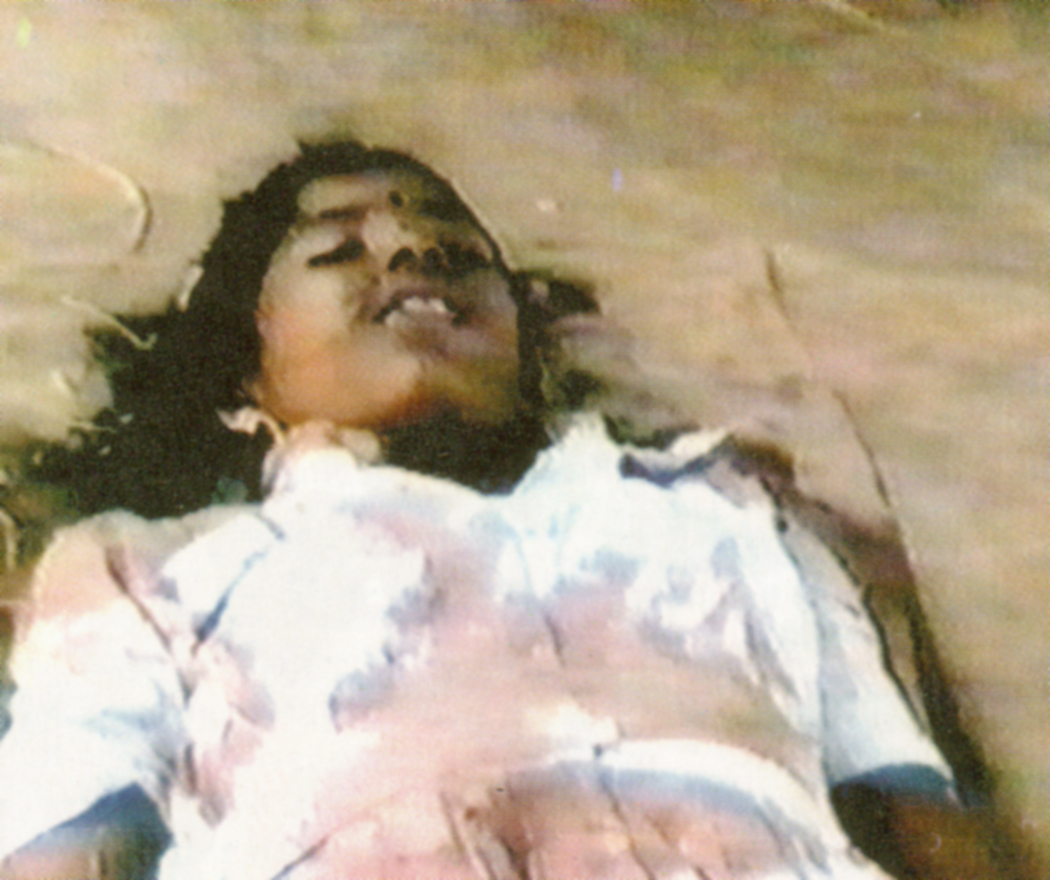 |
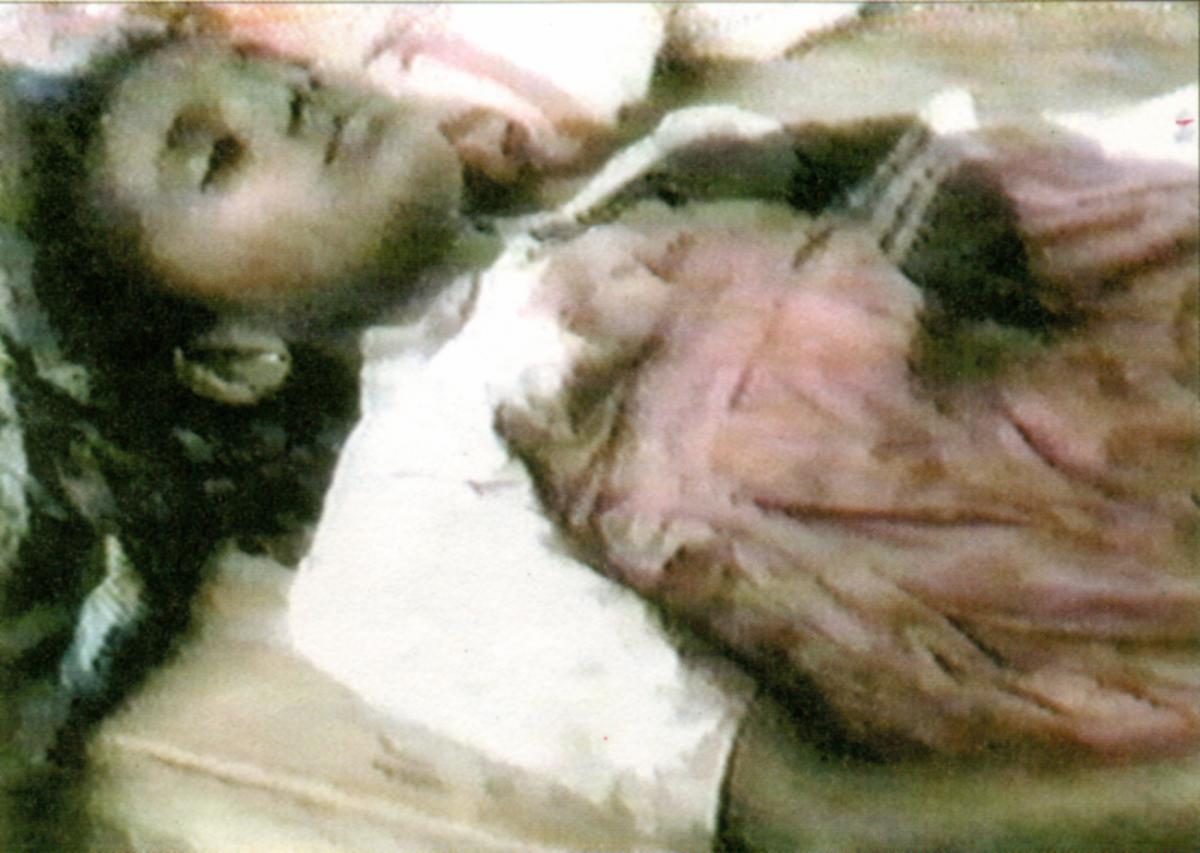 |
A bombing campaign
The air strike was part of a two-day bombardment of the Vadamaradchi region of the Jaffna peninsula.
AP went on to say in their report:
Earlier, on the same day, Pucara bombers targeted Manalkadu and Katkovalam in the Vadamardchi area killing six persons. A small Catholic church was also damaged in the bombing. In another incident in the early hours of the same day, intense shelling from the Palaly army camp killed seven members of the same family including four children of varying ages, The shelling began at 3.00 a.m. and continued until 7.00 a.m.
Medicines Sans Frontiers reported on 23 September that of 117 injured Tamil civilians admitted to hospital during the offensive on Thursday and Friday more than half had died from their wounds.
"In a new offensive against Tamil rebels, Sri Lankan warplanes have bombed civilian targets, killing at least 42 children, an international relief agency said Saturday. The rebels issued a statement from London saying 71 people had died in the bombing campaign Thursday and Friday in the northern Jaffna Peninsula, the stronghold of Tamils fighting for independence.
Under strict new censorship rules imposed by the Sri Lankan government on Thursday, no information about the offensive was allowed to be published in that country. The Doctors Without Borders (Medicine Sans Frontier) relief group released a statement in Paris saying about 200 people were wounded when bombs fell on a school near Point Pedro on the northern coast Friday.”
Censorship
The British Refugee Council said press reports were heavily censored:
“Military sources first denied the attack then claimed Nagaroil was a Sea Tiger base where LTTE cadre had gathered to honour Tiger martyr Thileepan.. Six weeks earlier, Sri Lanka aircraft bombed civilians seeking refuge around Navaly Catholic church four miles west of Jaffna town killing 130 people and injuring 120...
Reports of the Nagarkoil bombing were heavily censored under the new restrictions.. Like Navaly, whether Nagarkoil was accidental or deliberate, air and artillery attacks on northern civilians will continue... Civilians are unidentifiable from the air - unless perhaps there are 750 of them all dressed in spotless white school uniforms."
Human Rights Watch said that a Reuter news story from September 23, which noted that the army had denied the incident, also indicated that the story had been "subjected to military censors, who deleted quotes from civilians on the reported deaths of twenty children."
International condemnation
“I condemn in the strongest terms this attack on a school where innocent children were killed. Whatever the political situation in a country nothing justifies attacks on educational institutions,” Director-General of UNESCO, Fredrico Mayor, said.
In Australia, Ted Grace, an Australian federal parliamentarian and Chairman of the Caucus Committee on Foreign Affairs, Defence & Trade called for public condemnation of Sri Lanka in a speech in the Australian Parliament on 27 September.
“Our Government which is deeply committed to upholding human rights should publicly condemn such crimes committed against humanity and should be alarmed at the Sri Lankan Government’s determination to carry out such acts with impunity,” he said.
International Educational Development expressed its grief and shock at the attack, saying “the actions of the Sri Lanka armed forces, coupled with the economic blockade imposed on the Tamil homeland, are a clear contravention of the Geneva Convention relating to non international armed conflicts.”
The names and ages of the 26 students who died in the SLAF attack are:
Tharmalingam Usanthini (13)
Markandu Nagalogini (10)
Thamotharam Sakunthala (12)
R. Regina (11)
Pologarajah Thushanthini (14)
Ravindran Amirtha (10)
Balachandran Rajitha (10)
Navaratnasamy Umathevy (12)
Suntharalingam Palani (15)
Suntharalingam Tharsini (14)
Kugasaravanamalai Tharsini (13)
Rajeev Gandhi Venu (11)
Krishnagopal Thavaseelan (13)
Rajaratnam Kavitha (10)
Nagamutthu Senthilvel (15)
Alfonse Amalaviji (14)
Mahalingam Sanmugavadivelan (16)
R. Sumithra (10)
K. Methini (14)
Navamany Mithura (14)
Sellam (15)
Ragavan (16)
Thangarasa Vasanthakumar (06)
Mylvaganam Gananathan (14)
Ranjithkumar Rajitha (11)
